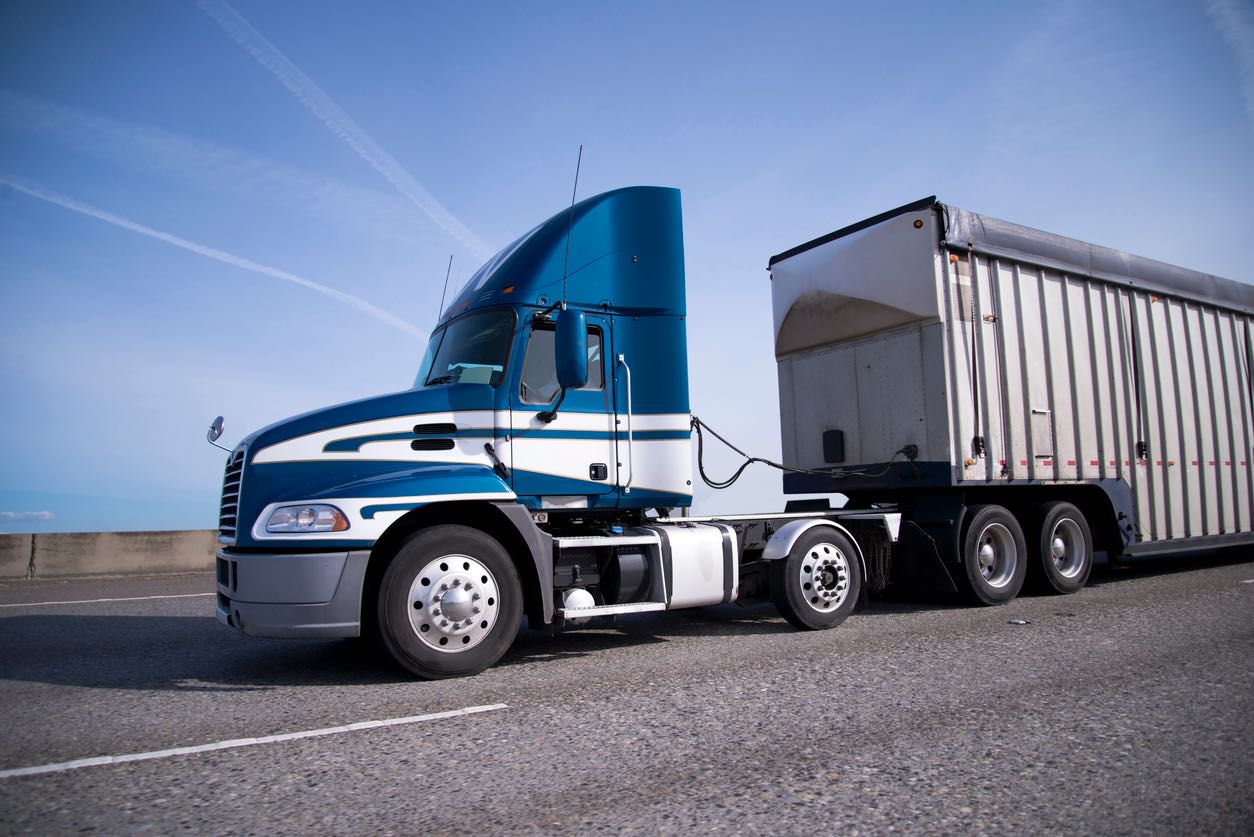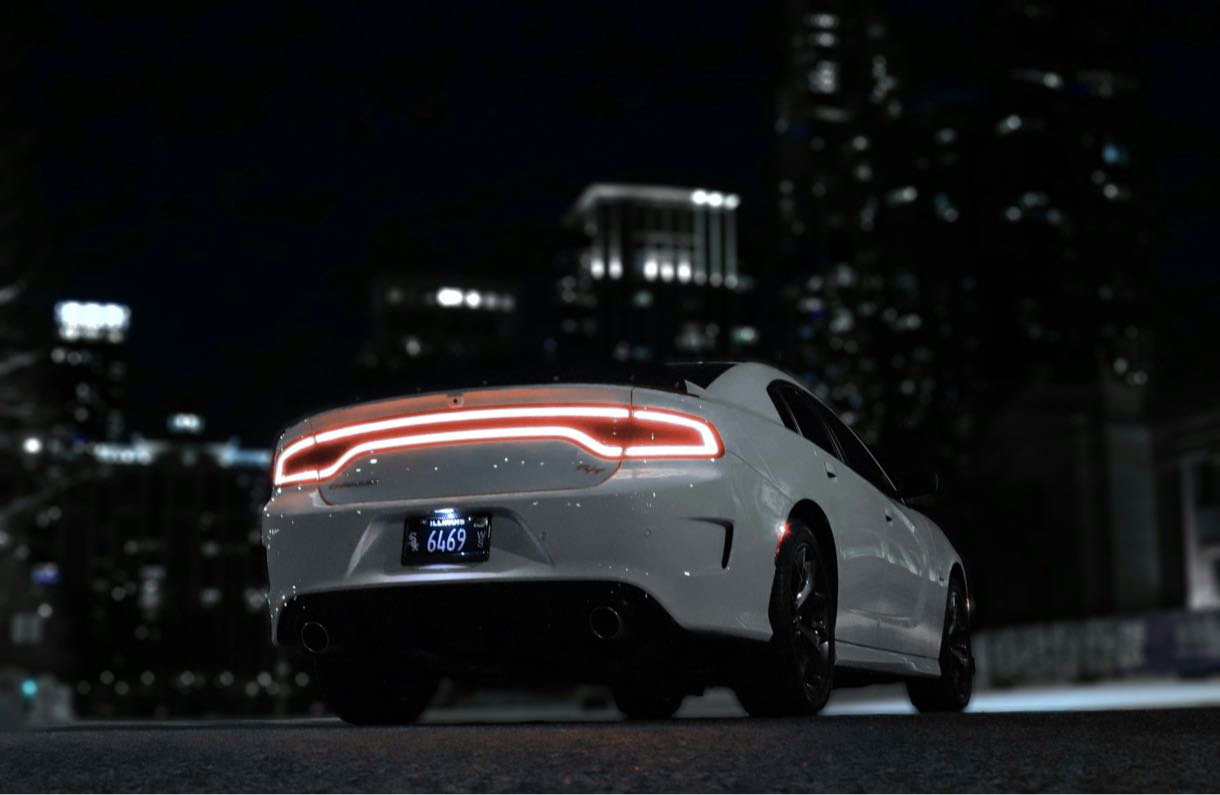Often considered to be the foundation of our modern economy, the freight and trucking industry has always been a place of constant innovation and adaptation. The industry has seen upheavals that have changed trade and commerce, from the era of horse-drawn carriages to the modern era of enormous 18-wheelers. An increasing number of people are interested in switching from conventional fuel sources to greener ones, namely electricity, as our global civilization moves toward a sustainable future. Electric vehicles (EVs) are a reality in our everyday lives now; they are no longer just a notion. But the issue is, is the transportation sector prepared for this electric revolution?
A combination of economic, technological, and environmental issues are driving the demand for electric vehicles. Although there has been a notable increase in the use of electric vehicles among passenger cars, bigger vehicles, especially semi-trucks, have distinct difficulties. Industry leaders and inventors are devoting their lives to solving this complex puzzle of difficulties ranging from infrastructure to technology. We’ll learn more about this story’s intricacies, answers, and possible future of electric trucks as we look further. So grab a seat, and join us as we explore the electrified highways and side roads of the haulage and freight industry.
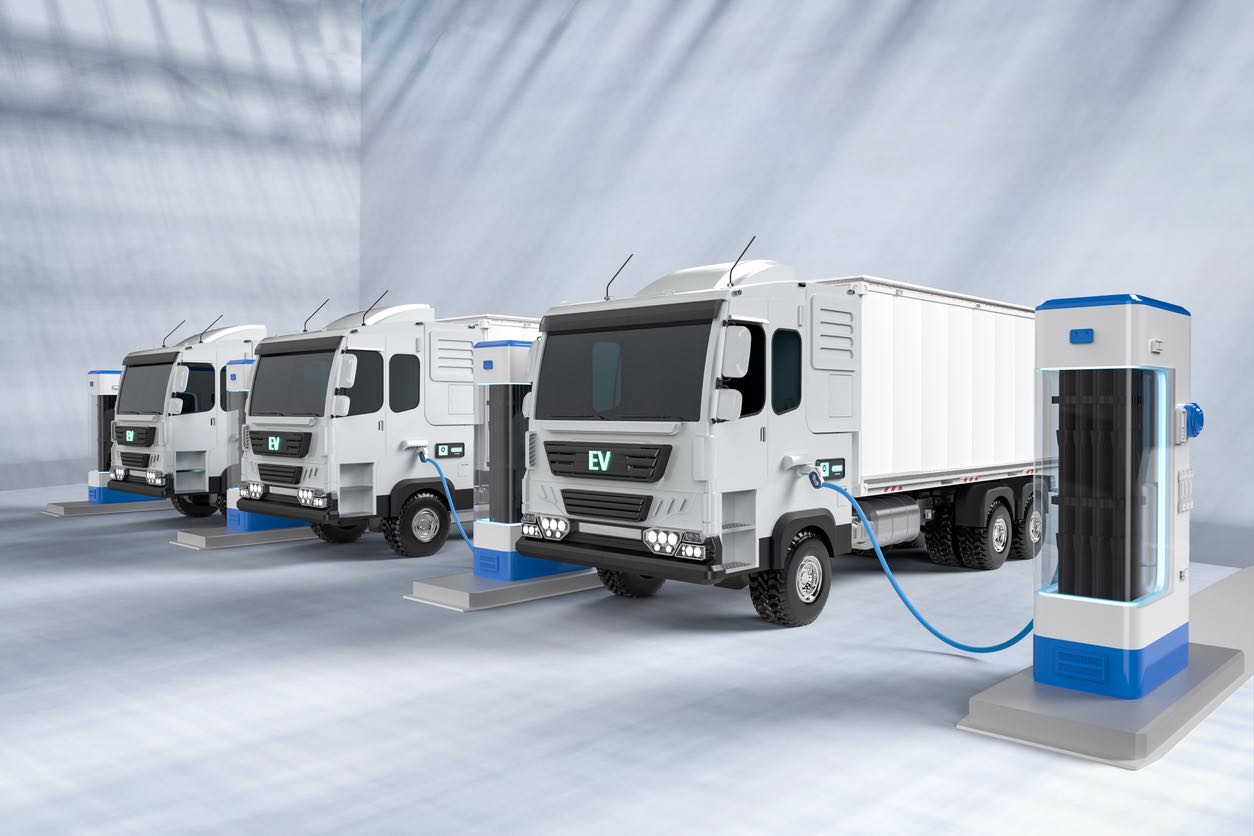
Electric Trucking’s Roadblocks: In the trucking industry, switching from conventional diesel-powered trucks to electrically powered ones has been a hot subject. But veteran truck driver and businessman Chace Barber tackles the fundamental issues, illuminating the pragmatic worries underlying this dramatic change.
Insight from an Industry Veteran: Many people are naturally curious in the possible applications of electric vehicles (EVs) in the freight transport industry given their fast growth in the passenger car market. The creator of Edison Motors and a truck driver, Chace Barber, recently dissected the feasibility of this move in a viral video. His comprehensive insights cast doubt on the general euphoria around completely electric large vehicles by providing a real-world viewpoint that many would miss.
Electric Transition: A Reality Check: In direct response to the issue of whether he envisioned himself switching to all electric trucks, Barber said, “No.” It was a nuanced perspective rather than an outright rejection. He recognizes the possibilities for the future, particularly in the event that significant improvements to the current grid infrastructure and battery technological breakthroughs materialize. His opinions, however, are more skeptical of the current situation, highlighting the enormous difficulties that the industry confronts.
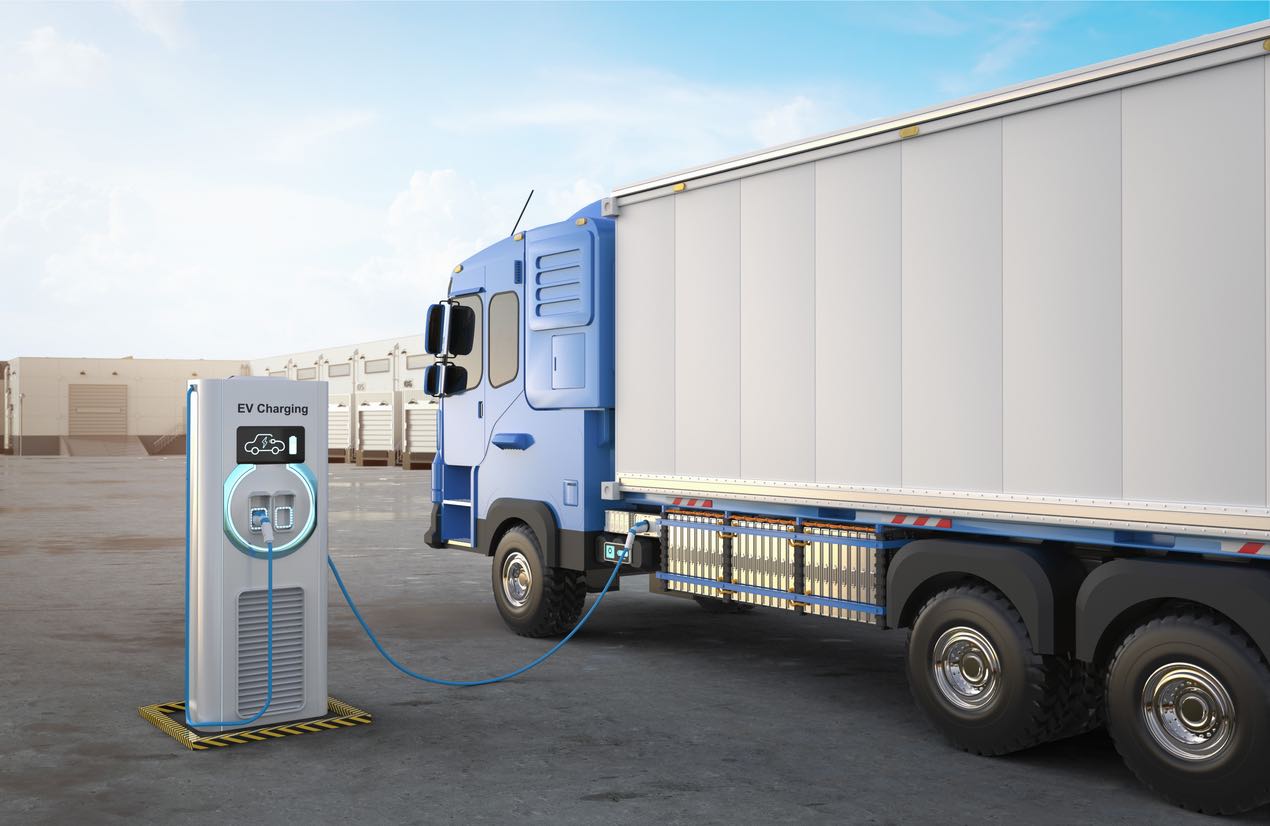
There are significant obstacles to overcome when switching to electric trucks, foremost among them being able to supply the electricity that these vehicles require and controlling the weight of their battery packs. The disparity between the power needs of standard trucks and current battery capabilities illustrates a significant gap.
Gargantuan Power Needs: Chace Barber alludes to a whopping 2.5 megawatts of electricity while discussing the typical logging truck’s daily usage. By contrast, the largest battery pack on the market, similar to that seen in Tesla semis, has a power capacity of only one megawatt. It highlights a significant shortcoming: in order to power such vehicles, battery packs would need to be three times more powerful, which would need tremendous technological advancement.
Weight Woes: The weight of the battery becomes a problem when additional power is sought after. In order to reach the necessary three megawatts, a truck would need a battery pack that weighed between forty and fifty thousand pounds. This massive weight seriously jeopardizes safety in addition to reducing the vehicle’s efficiency of operation. With so much extra weight, an electric truck would require major changes given its present architecture, most notably an upgrade of its braking system to ensure safe stops.
The Crux of the Matter: The electrical grid in our country, which is essential to the operation of electric vehicles, is still mostly antiquated. Having been established in the middle of the 20th century, it is currently ill-prepared to meet the growing needs of modern vehicles powered by electricity.
Historical Neglect: The mid-20th century technical wonder that is the North American electrical grid has received little modifications in the decades that have followed. The grid system did not change while other industries did at a rapid rate. Our infrastructure is fragile and unable to handle the demands of widespread electrification as a result of this inertia, especially from vehicles that need a lot of electricity.
Putting Things in Perspective: Chace Barber gives a clear picture of the power issues we face by utilizing the British Columbian logging industry. Think about this: Considering that each of the 5,000 logging trucks uses 2.5 megawatts of electricity each day, their combined demand for power is 12.5 gigawatts. Compare this to an enormous dam project that will cost $20 billion, take 15 years to complete, and only provide 1.1 gigawatts of electricity. This striking contrast draws attention to the enormity of the electricity crisis and emphasizes how urgent it is to upgrade and expand our grid infrastructure.
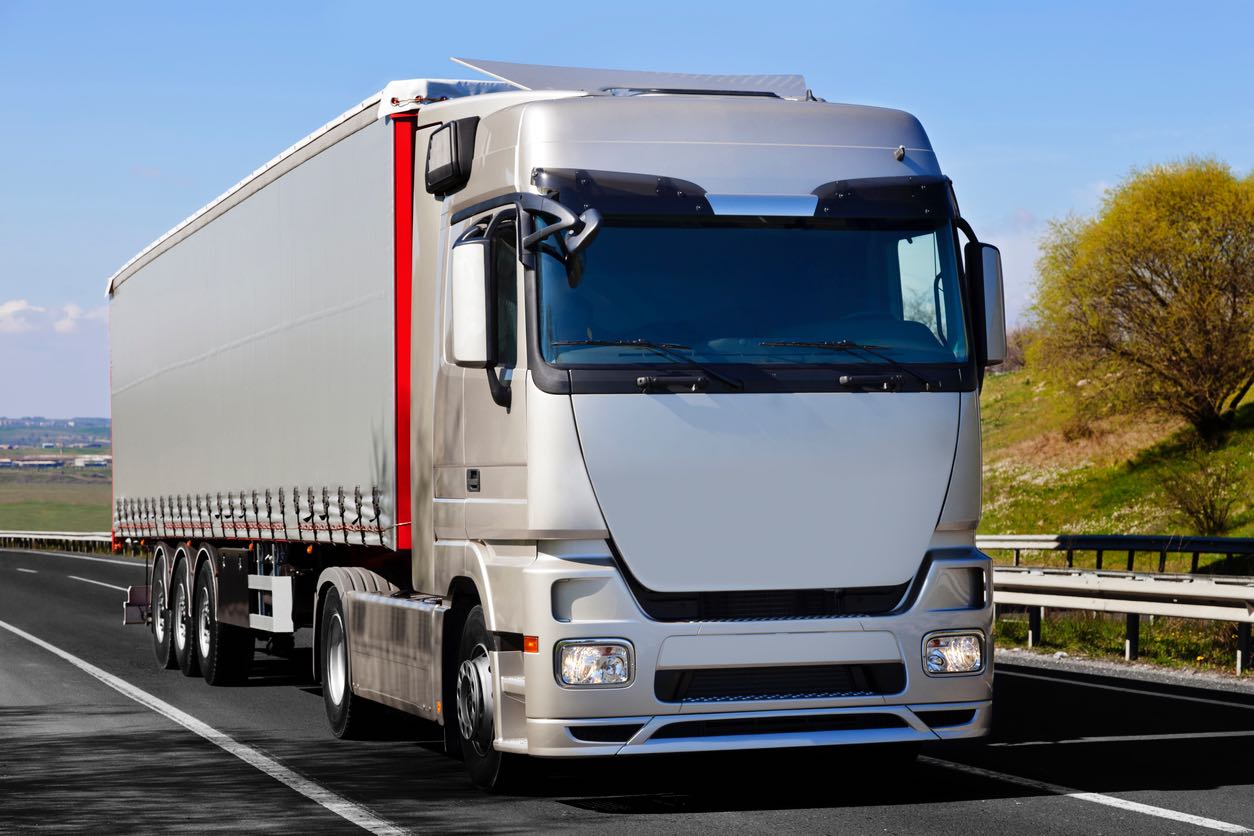
Emerging Trends in Trucking: As the transportation industry struggles with the issues associated with complete electrification, hybrid technology is gradually gaining traction. According to Barber, a hybrid model that combines electric and diesel power can help overcome present obstacles and yet meet future sustainability targets.
Blending the Best of Both Worlds: Obstacles for fully electric trucks include infrastructure, the weight of the batteries, and the enormous power needs. Barber advocates a compromise by supporting hybrid diesel-electric vehicles. Combining the environmental benefits of electric power with the dependability of diesel, this synergy provides a well-rounded solution that overcomes the shortcomings of each system separately.
The Visionary Path of Edison Motors: In September 2023, Edison Motors obtained a promising second round of investments, indicating that business is on the right track. They are now devoting these resources to creating a ground-breaking prototype as part of their commitment to pushing the limits of transportation technology. With its cutting-edge tri-axle drivetrain and distinctive customized cab, this soon-to-be vehicle perfectly captures Edison Motors’ vision for an efficient and sustainable transportation future.
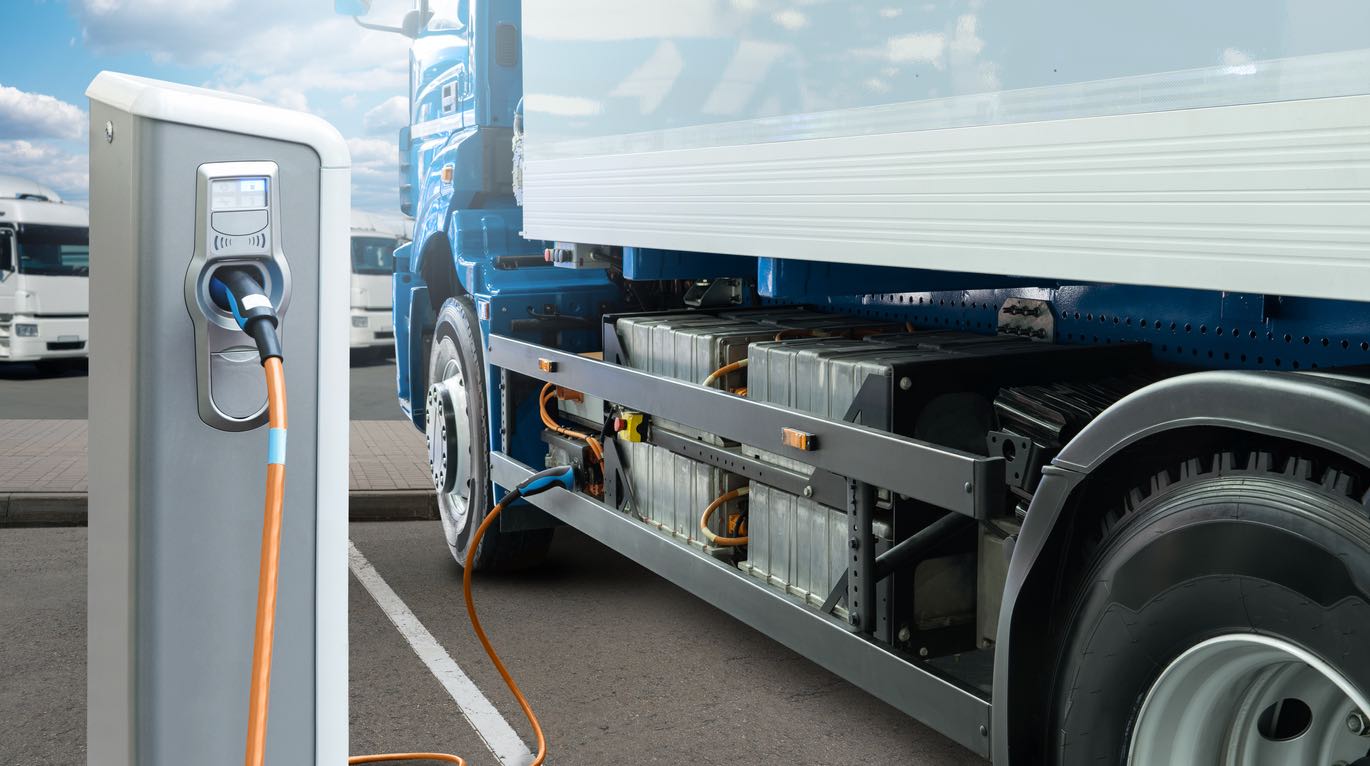
It is an ambitious goal to completely switch to electric power for large vehicles, especially semi-trucks, in order to transform the transportation industry. Achieving this change is fraught with challenges, given the difficulties of present battery technology paired with the needs of long-haul transportation. Furthermore, it is evident that making the transition to entirely electric power is not a simple plug-and-play scenario given the existing status of North America’s antiquated electrical grid. Not only are we discussing the development of new vehicles, but we may also be discussing the complete reconstruction of a long-standing infrastructure.
Nevertheless, there is a bright spot despite these enormous obstacles. The advent of diesel-electric hybrid vehicles offers a compelling compromise. These creative fixes, such as the ones Edison Motors is leading the way in, are a ray of optimism. These are not only band-aid fixes; rather, they may be the evolutionary step required to close the gap between our current constraints and the goals of environmentally friendly transportation in the future.

In this evolving environment, Ship A Car, Inc. stands out as an industry stalwart in the freight and vehicle shipping domain in the US. Their broad nationwide network of carefully selected, licensed, and insured carriers is evidence of their unwavering dedication to excellence. For over a decade, they have not only changed with the times to provide their shippers with an unmatched shipping experience, but they have also continuously positioned their shippers at the forefront of the business. Their reputation extends beyond simply moving vehicles; it also includes moving quality, dependability, and confidence across distances.
Q1: Why aren’t completely electric semi-trucks being used more frequently right now?
A1: The inefficiency of existing battery technology, the enormous weight of the batteries that are required, and an antiquated infrastructure for the nation’s electrical grid are the primary obstacles.
Q2: What transportation does Ship A Car, Inc. specialize in?
A2: Ship A Car, Inc. is a shipping company that specializes in both freight and vehicle transport. They have a national network of licensed and insured carriers, which offers its customers a trustworthy and safe shipping experience.
Q3: Why are hybrid trucks gaining traction as a solution?
A3: Hybrid trucks provide a compromise by utilizing both conventional fuels and electric power, making them an attractive alternative. By doing so, they are able to get around some of the constraints that are associated with becoming entirely electric.
